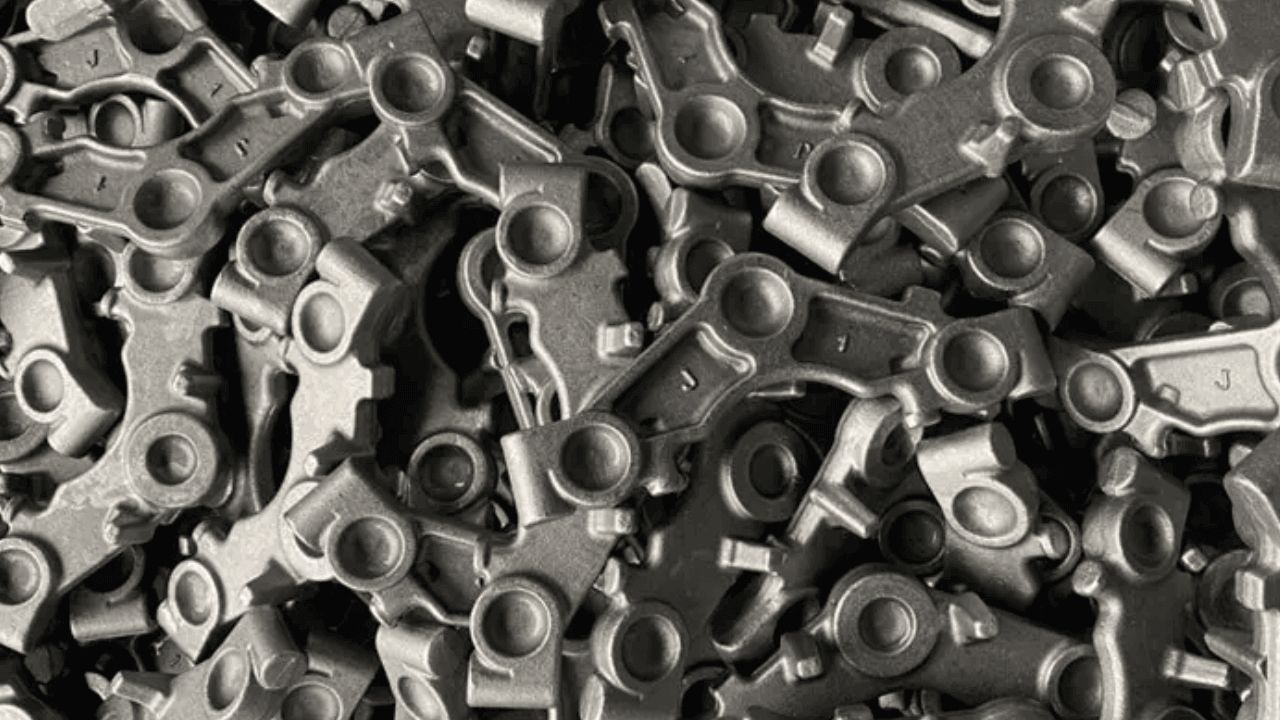The phrase "forging car parts" denotes a peak of strength and precision inside the complex machinery that propels our vehicles forward in the ever-evolving field of automotive engineering. To create car parts that go above and beyond the norm, cutting-edge technology has smoothly merged with the ancient method of forging, which has roots in the annals of metallurgical history.
With technology that has been improved over time, forging car parts is now more precise, economical, and long-lasting. These components increase the durability and performance of autos. Every day, cars get lighter and more efficient, but forging is the single technology that made this possible. It is essential for both the performance and fuel efficiency of the vehicle.
Do All Types of Vehicles Work With Forged Car Parts?
Forge auto parts are ideal for a variety of vehicles due to their remarkable strength, toughness, and adaptability. Forge auto parts are used in a variety of automobile categories, from small city cars to hardy off-road vehicles and fast sports cars. The capacity of forge auto components to be tailored for different vehicle types and uses is a prime example of their versatility.
Forge car parts are flexible enough to meet the specific needs of each vehicle category, whether it be the precise parts in the high-revving engine of a sports car, the durable suspension components of an off-road vehicle, or the crucial chassis components of a family sedan. They are the perfect option for manufacturers looking to increase the dependability and longevity of cars across the automotive spectrum because of their ability to handle a variety of loads, and harsh environments, and provide constant performance.
Applications of Forge Car Parts:
Numerous automobile systems depend on forged vehicle components because of their extraordinary strength, longevity, and precision. These parts' adaptability and dependability play a key role in the overall effectiveness, security, and durability of automobiles. Here, we delve into the specific ways that forging automobile parts are used in important automotive systems:
Engine Components:
The crankshaft, the core of an engine, is made in large part using forged automotive components. The forged crankshaft's higher strength and longevity ensure that reciprocating motion is effectively converted into rotational power, adding to the engine's total performance and power. The increased strength and resilience of forged vehicle parts are beneficial for connecting rods because they are subject to high-stress forces in the engine. To handle the extreme pressures and vibrations, use forged connecting rods.
Suspension Systems:
Control arms and other forged automotive components, used in suspension systems, can bear dynamic forces. Forged control arms have greater strength, which improves handling, safety, and stability. Steering knuckles and other steering parts are made with forged vehicle parts. These parts can withstand the forces involved in steering maneuvers thanks to the precision of the forging, retaining responsiveness, and control.
Transmission and Gear Components:
Especially for high-torque applications like transmissions, forge automobile components are frequently used in the production of gears. Forged gears' strength provides smooth power transmission and wear resistance, which are essential for the transmission system's longevity. Transmission shafts benefit from the greater strength and durability of forging vehicle parts because they are subject to rotational forces. This helps the engine's power effectively transfer to the wheels.
Braking System:
The caliper pistons of the braking system are made from forged auto parts. These parts' accuracy and durability enable rapid and dependable braking, ensuring the security of the car and its occupants.
Chassis Components:
Axles that link the wheels and bear the weight of the vehicle frequently contain forging auto parts. Particularly in heavy-duty and high-performance automobiles, the strength of forged axles is essential for retaining structural integrity. Cross members, which are forged auto parts, increase the chassis' rigidity, which improves the stability and crashworthiness of the automobile.
Steering Mechanism & Differential Components:
Pitman arms, which are forged for strength and precision, are essential to the steering system because they convert the steering input into the lateral motion of the car. Forge auto components' durability guarantees dependable steering performance. Differential gears are frequently made using forged automotive components. These components benefit from the durability and wear resistance that the forging process imparts since they are subject to changing stresses throughout the process.
Lastly
The great strength, longevity, and precision of forged automobile parts set them apart and contribute significantly to the dependable and high-performance functioning of vehicles. They differ from components made using other methods like casting, machining, or powder metallurgy because of the distinctive qualities that the forging process gives them.


